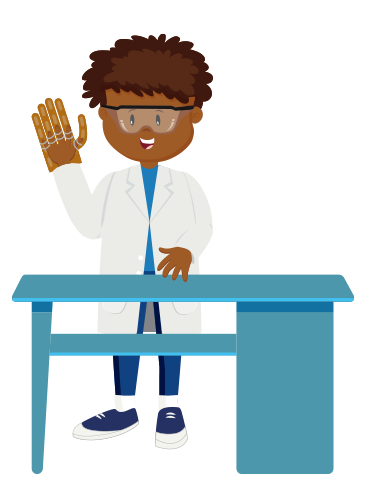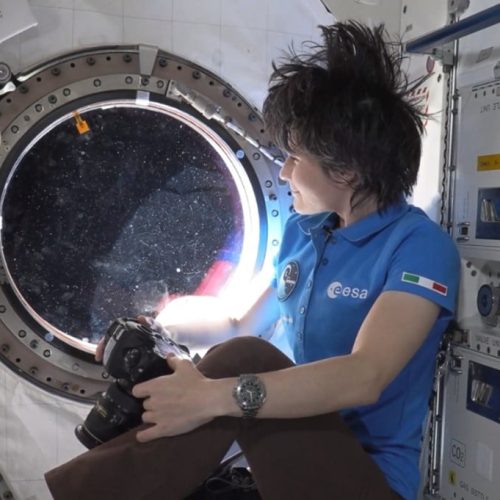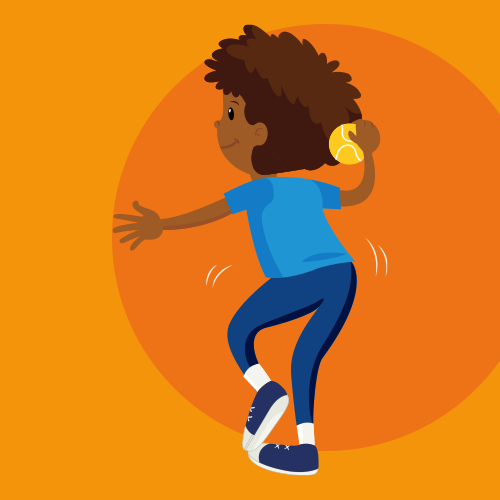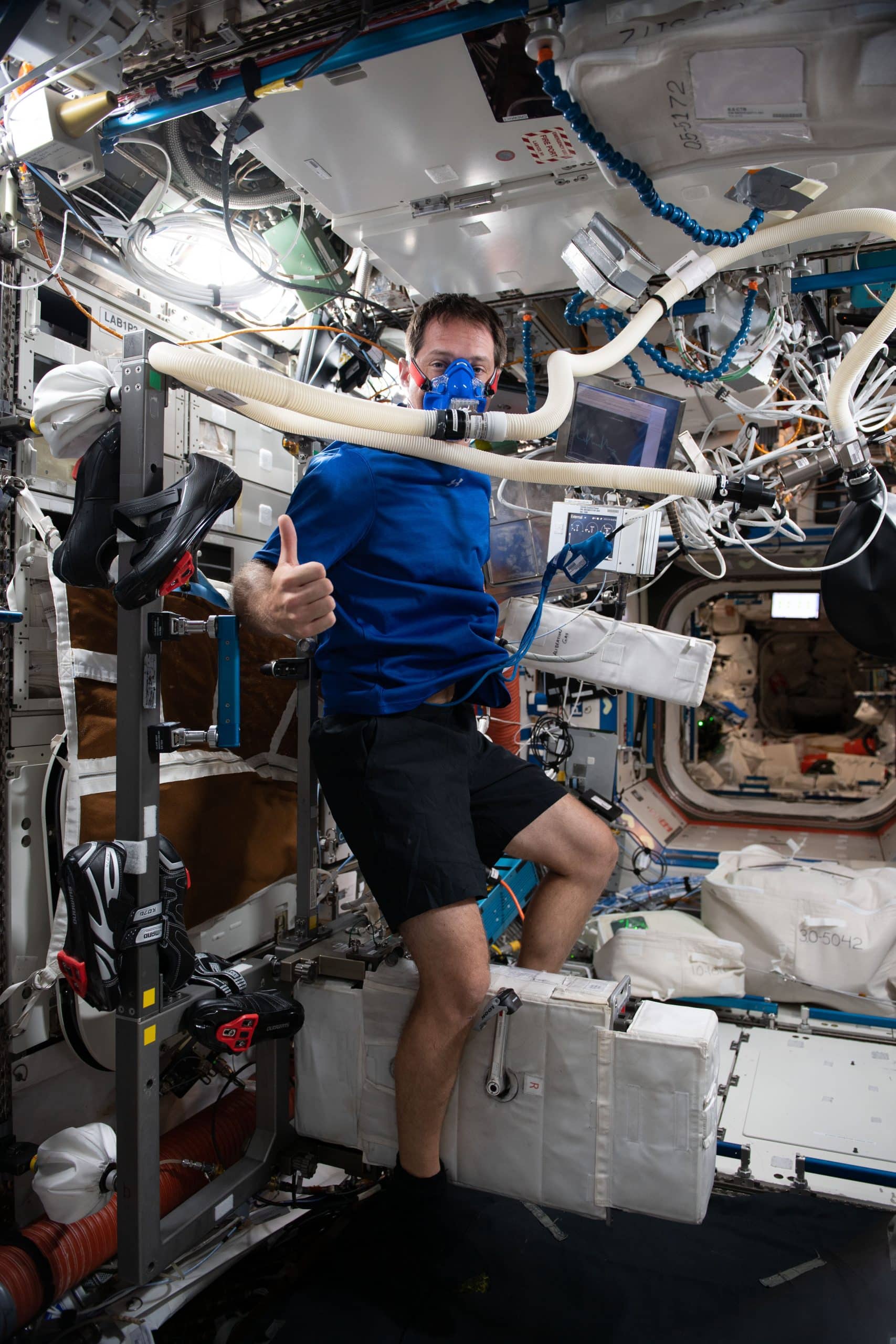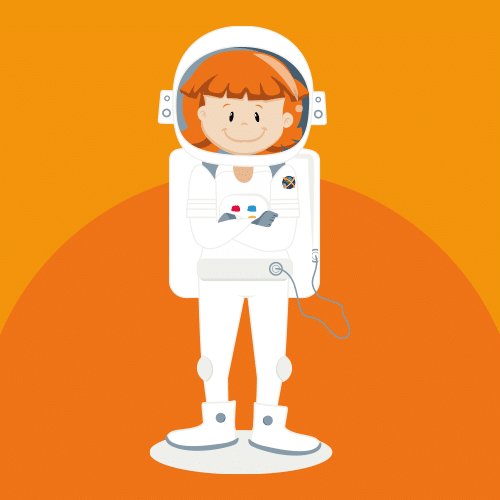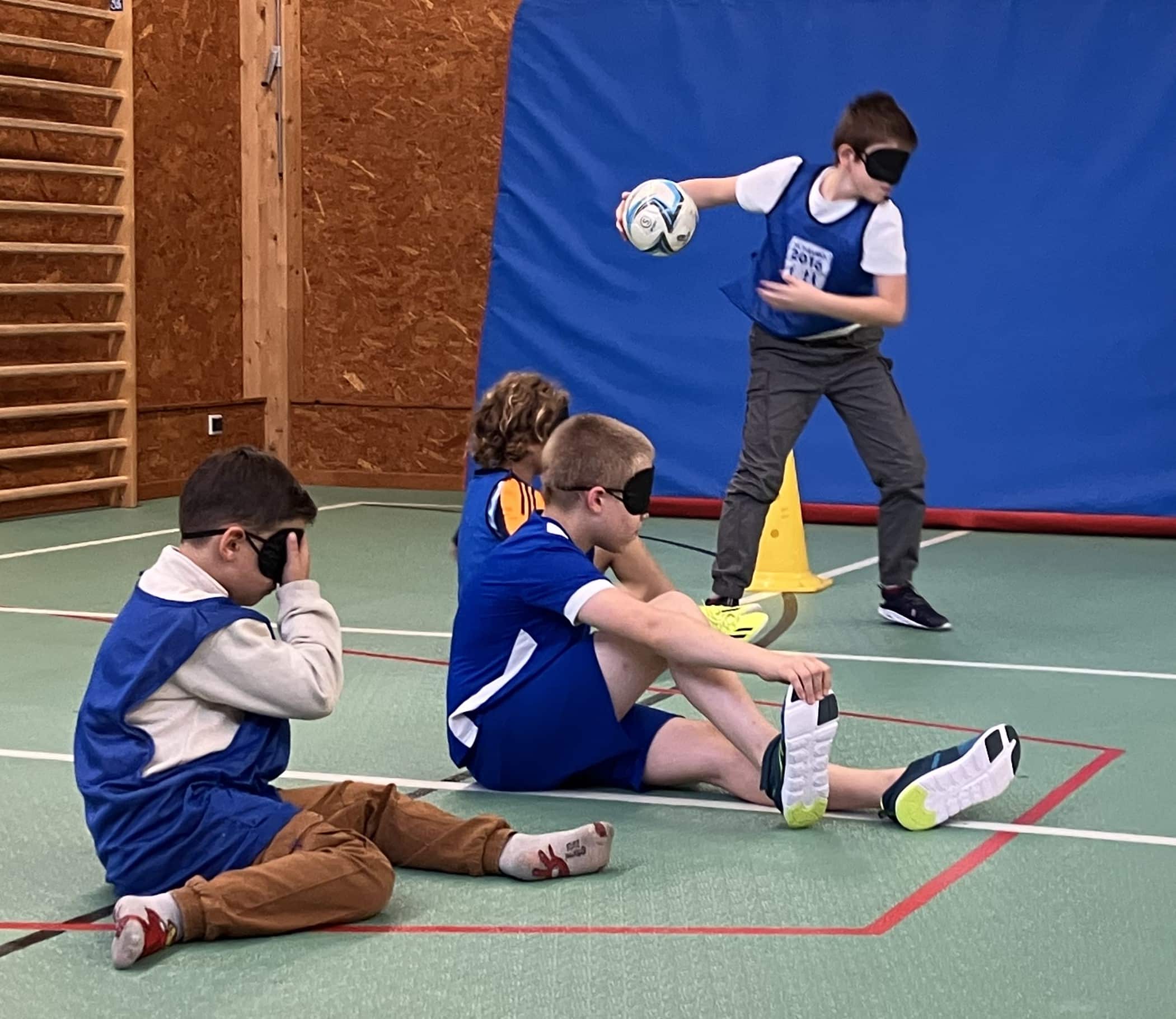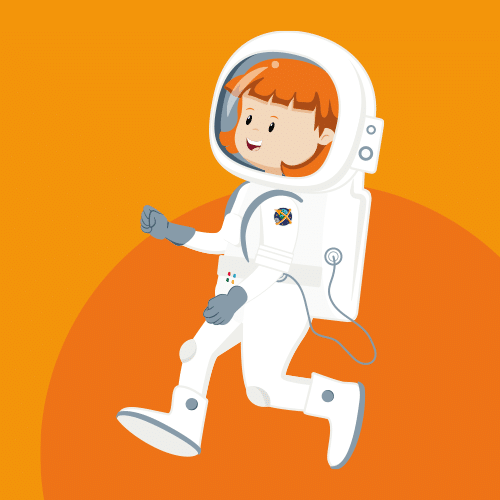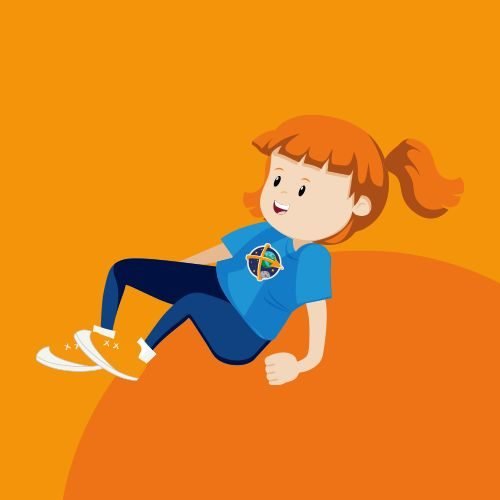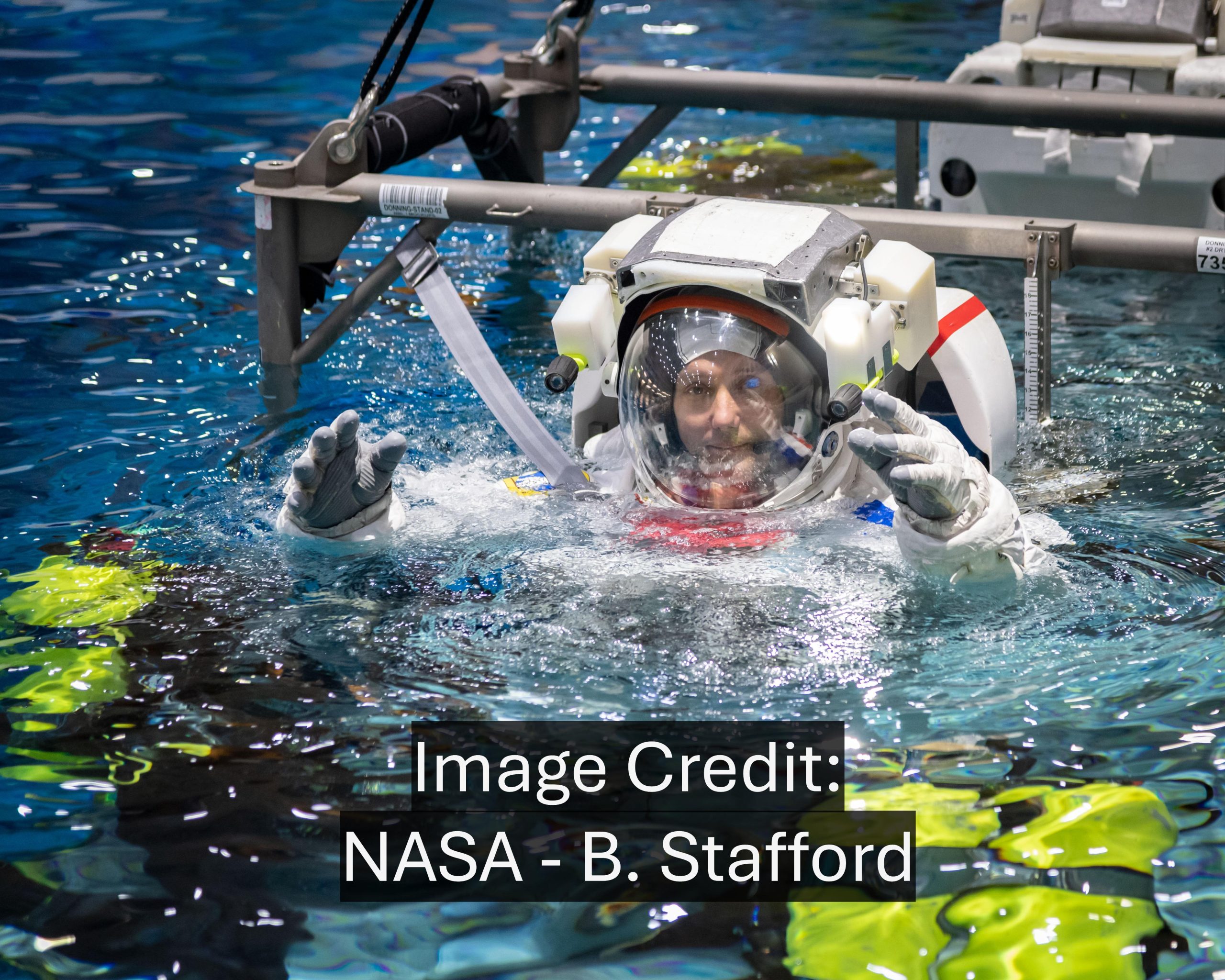Bionic Hand
Your Mission: Explore the anatomy of the hand and build a bionic hand from cardboard.
- Understand how the human hand works
- Learn that science and medicine use bionic prosthetics to substitute parts of the human body that are not working properly or are missing
- Learn that scientists use the human body as inspiration to build tools, such as hands and arms in hostile environments like space or the deep ocean
- Explore and test ideas building a simple machine in a group
- Activity 1:
- Student worksheet printed for each student
- Pencil
- Activity 2:
- Cardboard
- Film tape
- Glue
- Scissors
- Strings
- Rubber bands (thin and thick)
- Straws
- Student worksheet printed for each student
- Annex 1 printed for each group
- Activity 3:
- Student worksheet printed for each student
- Pencil
Explore more Mission X activities!
Your Mission: Follow Samantha’s routine on the ISS for one week and compare her daily tasks to yours. Observe your …
Your Mission: Perform throwing and catching techniques on one foot to improve balance and spatial awareness. On Earth, we use …
Your mission: Finish the race as quickly as possible using your team spirit! This resource was created by CNES, ESERO …
You have just had a great day of exploring the Moon, but it’s time to head back to the base …
Your mission: Sharpen your senses to score the most goals and develop your reflexes. This resource was created by CNES, …
Let’s HIIT the space gym and get ready to sweat! To keep those hearts and lungs healthy, perform a series …
Time for a brain (and body) twisting game! Using your flexibility and agility, we want to see you navigate your …
Your Mission: Investigate which factors affect plant growth, and relate these factors to growing plants in space. All the things …
Your Mission: Perform the “bear crawl” and “crab walk” to increase muscular strength and improve upper and lower body coordination. …
Votre mission: Effectuer un parcours immergé dans l’eau pour préparer pour votre future sortie extravéhiculaire. This resource was created by …
Tag:Human Body, Problem-solving, Science

